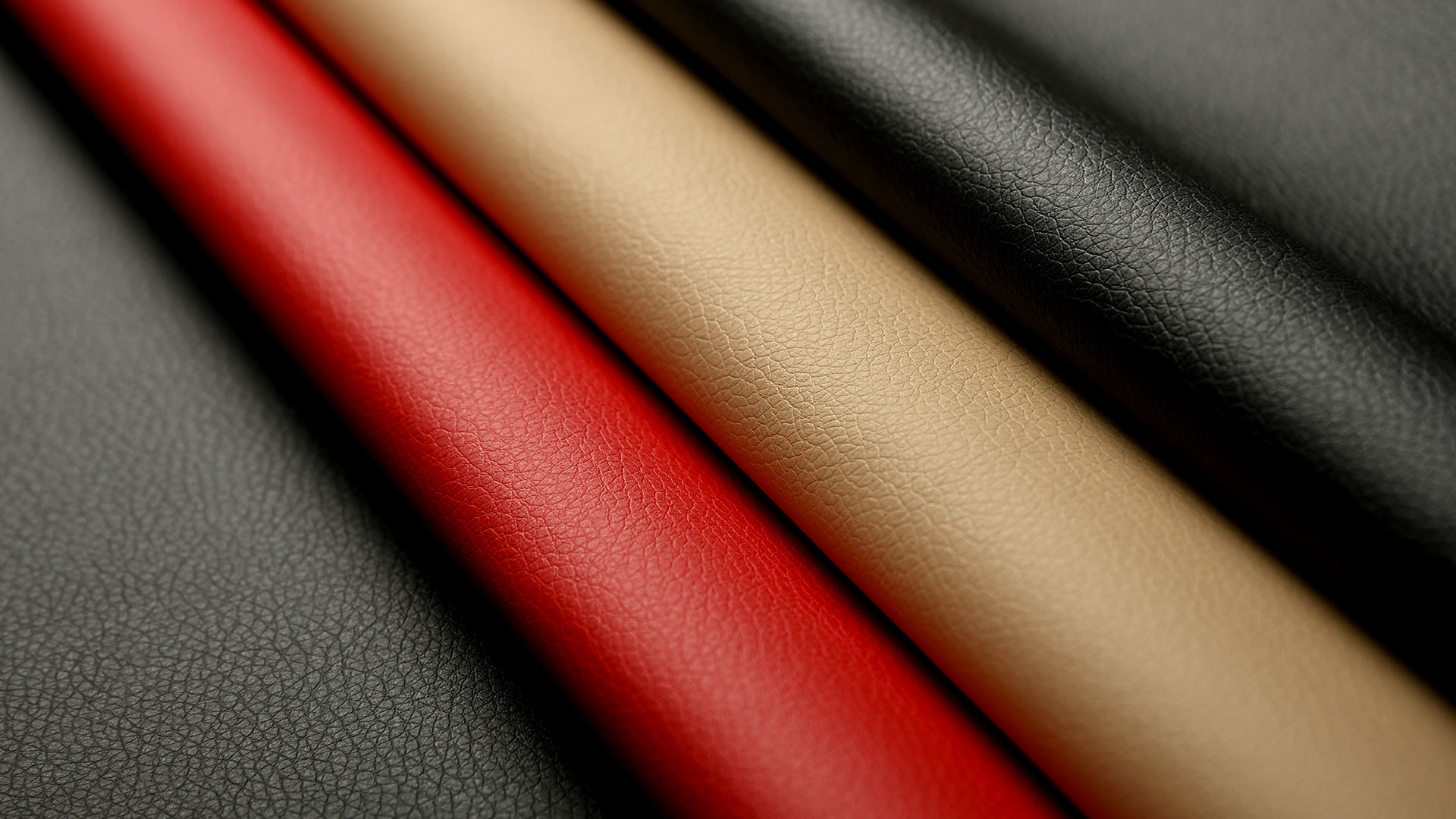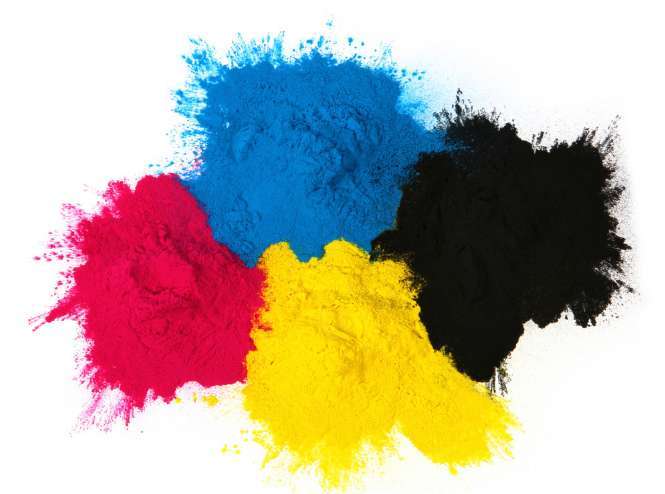Leather Dyes Specialized Manufacturer
Ltd. is an acid dyes, direct dyes, leather dyes, feed additives and other chemical raw materials manufacturers, products are mainly used in leather, wool, tweed, silk, paper, wood, metal and other industry sectors.
Introduction to the Classification of Leather Dyes and Acid Dyes
Currently, in the domestic market,acid dyesand direct dyes are bright monoazo dyes with relatively poor dyeing fastness for leather and lower prices. The so-called acid black and direct black in the leather dye market are economical leather dyes.
acid dyesrefers to anionic dyes that color leather fibers in an acidic bath. According to their dyeing performance and usage methods, they can be divided into strong acid dyes and weak acid dyes. Strong acid dyes have a simple structure, small organic molecular structure, and a majority of sulfonic acid groups. During dyeing, the dyes essentially exist in ionic form. Good coloring is required in a strong acid medium during the dyeing process, so they can be used for dyeing leather fibers.
acid dyesThe performance of
<1>acid dyescontains sulfonic acid groups (-SO3H) and rarely contains hydroxyl acids (-COOH). The commercial form is sodium salt, so it has good solubility in water and can dissolve in ethanol.
<2>acid dyesWhen encountering metal ions such as calcium, magnesium, lead, copper, and iron, their hues will change.
<3>acid dyesThe chemical structure of
<4>acid dyesis mainly monoazo structure, accounting for 50%, and triarylmethane structure, accounting for 20%. Most acid dyes with monoazo structure are yellow, orange, and red. For example, Acid Orange II, Acid Scarlet 3R, Acid Gold G, etc. The diazo structure is mainly blue, brown, and black, such as Acid Black 10B. Most anthraquinone structure types are blue and green.
<5> When using strongacid dyesin leather dyeing, the penetration is fast, the color is bright, but the wet fastness is poor. Water wash resistance; indicators such as dry and wet rubbing resistance are relatively low. The production process is simple, and the product price is low. It is a sunset product in the leather dye market.
Latest developments
Dezhou Jinmao Chemical Co., Ltd.
Address: 1922 Yingbin Street, Lingcheng District, Dezhou City, Shandong Province, China
WhatsApp:







